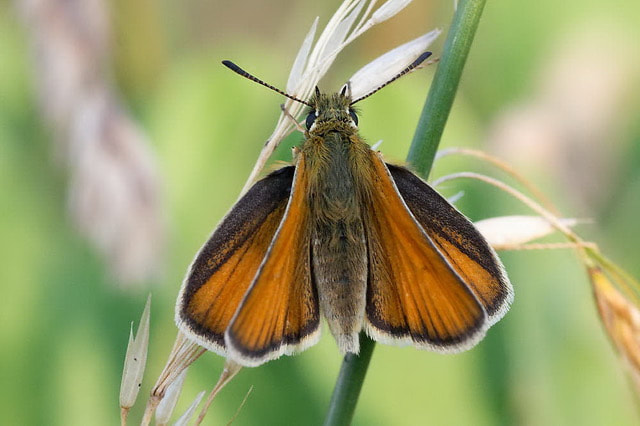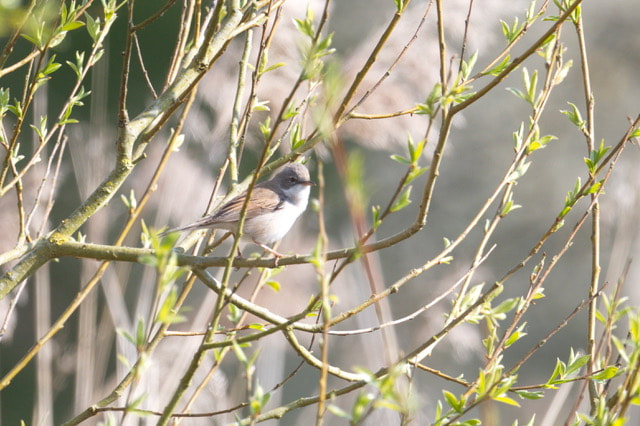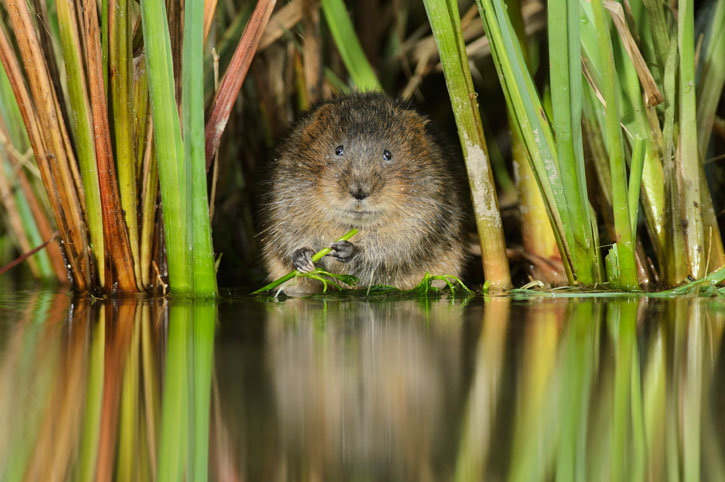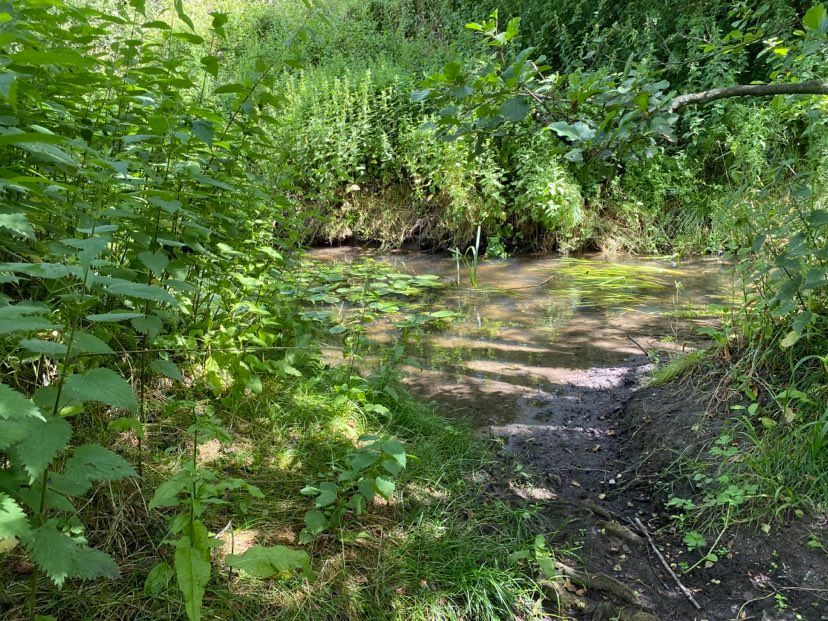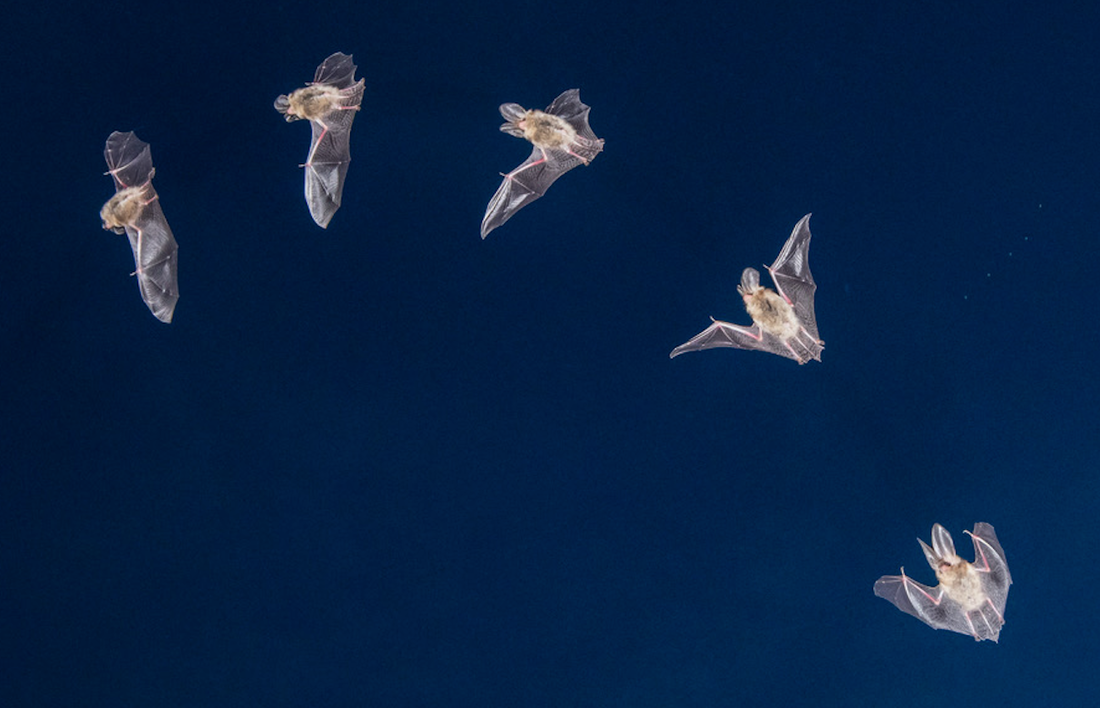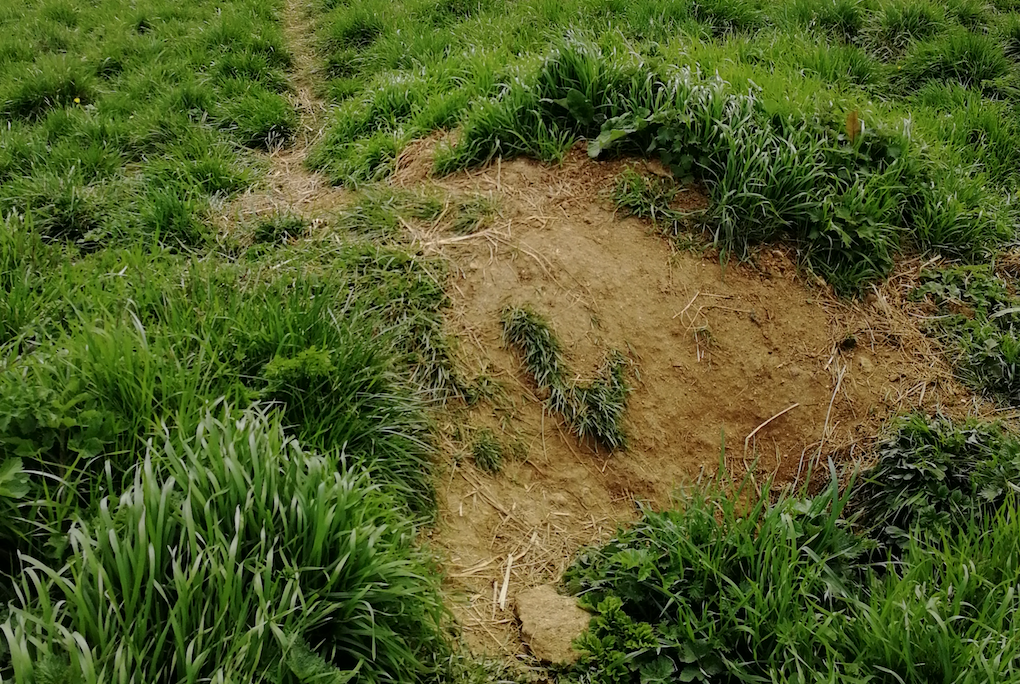TUCKMILL NATURE RESERVE
WHAT MAKES TUCKMILL SO SPECIAL?
The combination of habitats at Tuckmill gives rise to a wide variety of flora and, in turn, a huge number of fauna. To the north-west is Tuckmill's meadow, which is a Site of Special Scientific Interest (SSSI) because its calcarious habitat is very unusual in the region with some unusual species living there.
The combination of habitats at Tuckmill gives rise to a wide variety of flora and, in turn, a huge number of fauna. To the north-west is Tuckmill's meadow, which is a Site of Special Scientific Interest (SSSI) because its calcarious habitat is very unusual in the region with some unusual species living there.
Insects include two species of reed beetle Donacia sp; the 19-spot ladybird Anisostica 19-punctata; the uncommon soldier fly Oxymora nigricornis; the snake fly Rhaphidia xanthostigma,, and the dingy footman moth Eilema griseola. Three species of Neoascia have been seen - one of which is nationally uncommon - as well as the regionally uncommon hoverfly Trichopsomvia flavitarsis. The marbled white butterfly Melanargia calathea has been seen as well as the day-flying Net Moth. The spider fauna is also notable including the rare Theridiosoma gemmosum, a species that inhabits tall vegetation in damp areas and the regionally uncommon Baryphyma pratense, which lives in grass near streams.
The fenland is attractive to a wide variety of birds including the less common Reed Warbler, Reed Bunting and Lesser Whitethroat (pictured above by Margaret Andrews). Aquatic animals include a variety of newt types and frogs while otters and water vole have been seen in Tuckmill Brook. Mammals at the reserve include badgers (see the videos below), moles, foxes, muntjacs and other deer.
WATER VOLE SURVEY – TUCKMILL RESERVE 20 JUNE 2022
I joined Judith from Berks, Bucks & Oxon Wildlife Trust to carry out a water vole survey on the reserve. She had just completed a survey further up the river at Pennyhooks. Although sadly she did not see actual water voles, she recorded several areas of potential activity e.g. small holes in the river bank, small piles of cut vegetation, runways and latrines.
We walked the length of the small stream that feeds into the river, but as it is very overgrown it was hard to get close enough to see anything and make any judgements. We also checked the small spring on the far side of the reserve but there were definitely no tracks in the exposed wet mud/silt in this area.
Similarly, it was very hard to get close enough to the river itself due to the amount of vegetation. The good news is that the sedge and reeds which we have an abundance of are a favourite habitat and source of food for the water vole. So, we are sure they are there somewhere – just very well hidden.
We walked the length of the small stream that feeds into the river, but as it is very overgrown it was hard to get close enough to see anything and make any judgements. We also checked the small spring on the far side of the reserve but there were definitely no tracks in the exposed wet mud/silt in this area.
Similarly, it was very hard to get close enough to the river itself due to the amount of vegetation. The good news is that the sedge and reeds which we have an abundance of are a favourite habitat and source of food for the water vole. So, we are sure they are there somewhere – just very well hidden.
We plan to scythe some more viewing areas along that stretch of the river so regular observations can take place.
During the survey we saw several Blue (Male) Chaser Dragonflies which Judith said are a good indication that the water is of a good quality. We crossed the bridge leading to the golf course and thought we could see some small holes on the opposite bank (reserve side). But could not verify.
We also thought we could see a couple of holes opposite where the oxbow has been dammed off.
Judith hopes to survey the river as it flows across the golf course. As this is a more open area I am sure she should be able to find some more conclusive evidence.
Please use the links below to find out more about the water vole. And, when you are walking along the river path do listen out for the distinctive “plop” that the water vole makes when diving into the water.
Kathy Durham
HOME - Water Vole
Water vole | waterway wildlife | Canal & River Trust (canalrivertrust.org.uk)
Water Vole Habitat Management - Water Vole
During the survey we saw several Blue (Male) Chaser Dragonflies which Judith said are a good indication that the water is of a good quality. We crossed the bridge leading to the golf course and thought we could see some small holes on the opposite bank (reserve side). But could not verify.
We also thought we could see a couple of holes opposite where the oxbow has been dammed off.
Judith hopes to survey the river as it flows across the golf course. As this is a more open area I am sure she should be able to find some more conclusive evidence.
Please use the links below to find out more about the water vole. And, when you are walking along the river path do listen out for the distinctive “plop” that the water vole makes when diving into the water.
Kathy Durham
HOME - Water Vole
Water vole | waterway wildlife | Canal & River Trust (canalrivertrust.org.uk)
Water Vole Habitat Management - Water Vole
BAT SURVEY OF TUCKMILL
A Tuckmill volunteer, Paul Colley FRPS, has carried out a bat survey of the site using an echo meter. This recorded two types of pipistrelle; a brown long-eared bat; a noctule and possibly three others including the barbastelle which is very rare but known to hunt in parts of Wiltshire. Click on the button below to see his bat survey.
A Tuckmill volunteer, Paul Colley FRPS, has carried out a bat survey of the site using an echo meter. This recorded two types of pipistrelle; a brown long-eared bat; a noctule and possibly three others including the barbastelle which is very rare but known to hunt in parts of Wiltshire. Click on the button below to see his bat survey.
BADGERS AT TUCKMILL
The above pictures were taken in April and May 2021 by Nan Pratt. The entrance to the sett clearly shows the trail taken by the badgers towards the stream, while the second photo shows that badgers like to clean out their bedding, especially when there are cubs. See the videos of badgers at Tuckmill taken by Margaret Andrews in November 2021 below.
|
|
|
MUNTJAC AND FAWN, FOX AND OTTER VIDEOS
It is good to see the range of wildlife in Tuckmill and we hope that the work being done on the reserve will result in even more diversity. Margaret Andrews' project to take videos of some of the site's animals shows a muntjac and fawn, a fox and an otter at the reserve in November 2021 - see the videos below.
|
|
|
MOUSE VIDEO
In December 2021 one of the smaller mammals at Tuckmill was captured on video - see below.
2022 VIDEOS
Check out the videos below including the contrast between daytime and night-time in the grass meadow as well as otters on the river bank.
|
|
|
|
|
|
|
|
email: [email protected]
mail: Friends of Tuckmill, Shrivenham Parish Office, Memorial Hall, Highworth Road, Shrivenham SN6 8BL Copyright Friends of Tuckmill 2021-2023 |
